Suppose I have a zoo object (or it could be a data.frame) that has an index on "time of day" and has some value (see sample data below):
val
...
2006-08-01 12:00 23
2006-08-01 12:01 24
2006-08-01 12:02 25
2006-08-01 12:03 26
2006-08-01 12:04 27
2006-08-01 12:05 28
2006-08-01 12:06 29
...
2006-08-02 12:00 123
2006-08-02 12:01 124
2006-08-02 12:02 125
2006-08-02 12:03 126
2006-08-02 12:04 127
...
I would like to call a custom function (call it custom.func(vals)) from 12:01 - 12:03 (i.e. something similar to zoo::rollapply) every time that interval occurs so in this example, daily. How would I do that?
NOTES (for robustness, it would also be great to take into account the following edge cases but not necessary):
- Don't assume that I have values for 12:01 - 12:03 every day
- Don't assume that the entire range 12:01 - 12:03 is present every day. Some days I might only have 12:01 and 12:02 but might be missing 12:03
- What if I wanted my
custom.func(vals)to be called on day boundaries like usingvalfrom 23:58 - 00:12?
